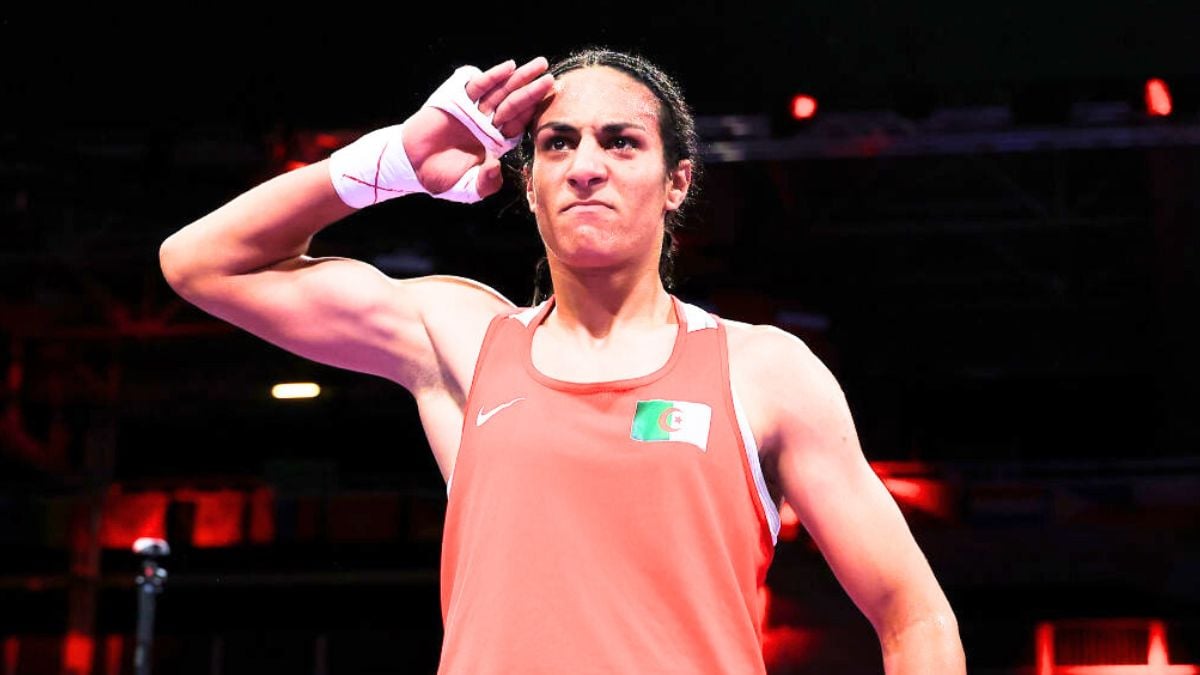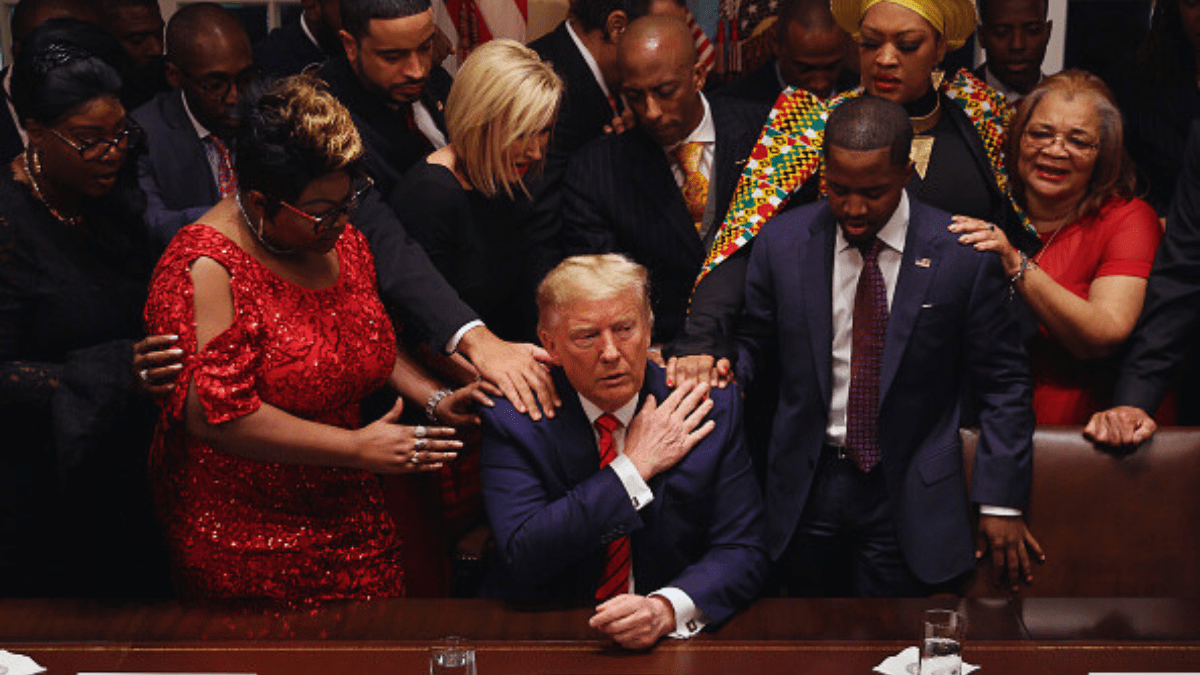The recent victory of Algerian boxer Imane Khelif over an Italian opponent at the Paris Olympics 2024 has ignited a firestorm of controversy, particularly from conservative circles.
Their swift condemnation stems from a fundamental misunderstanding of Khelif’s background. Despite the assumptions made by rabble-rousers, Khelif is not a transgender male. She has lived her entire life as a female, holds a female passport, and grew up as a woman in Algeria, a country where homosexuality is illegal and homophobia is deeply entrenched in society. The outrage surrounding Khelif’s victory only erupted after she failed a gender eligibility test.
It wasn’t until the 2023 World Championships—after Khelif defeated a Russian opponent Azalia Amineva – that questions over her eligibility began being asked. Before this, Khelif had competed internationally without her gender being questioned though after intervening, the International Boxing Association (IBA) reported that Khelif, along with Taiwanese athlete Lin Yu-ting, had XY chromosomes and disqualified them.
Umar Kremlev, the president of the IBA, addressed the media concerning the disqualification. In a statement to Russia’s Tass news agency, Kremlev said, “Based on DNA tests, we identified a number of athletes who tried to trick their colleagues into posing as women.” He further asserted that the test results confirmed the presence of XY chromosomes, which led to the exclusion of these athletes from the competition. This statement from Kremlev was met with skepticism and criticism from various quarters.
The IBA has been criticized for not being fair or transparent and did not disclose the type of test conducted on Khelif. They explained that neither Khelif nor Lin were tested for testosterone levels but instead took a different, “recognized test” which supposedly showed they had “competitive advantages” over other female competitors. The IBA also stated that the specifics of the test are “confidential.”
This body has had issues in the past, including accusations of corruption and being overly influenced by Russian interests. The timing of Khelif’s disqualification, coming right after a victory over a Russian athlete, raises suspicions that there were other motives at play, not just concerns about fairness in sports.
The International Olympic Committee (IOC) had been observing the IBA’s actions with growing concern and frustration for years and repeatedly called out the IBA for its poor governance. In 2023 the situation deteriorated to the point where the IOC permanently derecognized the IBA and stripped it of its Olympic credentials.
“These two athletes were the victims of a sudden and arbitrary decision by the IBA. Such an approach is contrary to good governance.”
IOC spokesman Mark Adams remarked (via PBS News)
In light of these circumstances, it is reasonable to approach the IBA’s decision to disqualify Khelif – and their claims she has XY chromosomes – with a healthy dose of skepticism.
The shameful history of gender testing in sports
Since women first began competing in elite athletics around the 1920s, they have faced unrelenting scrutiny over their gender identity. Women athletes were often stereotyped as masculine, unladylike, and even biologically abnormal. The International Association of Athletics Federations (IAAF) introduced the first official gender verification tests in 1960s, which involved a degrading physical examination of female athletes’ genitalia. Over time, the methods of gender testing evolved, but the underlying premise remained the same: women athletes were presumed guilty until proven innocent.
Ultimately, the key is having empathy, keeping an open mind to the science, and avoiding blanket judgements of individual athletes whose unique circumstances we may not fully understand. These are very personal matters for the athletes involved.











Published: Aug 5, 2024 05:32 am